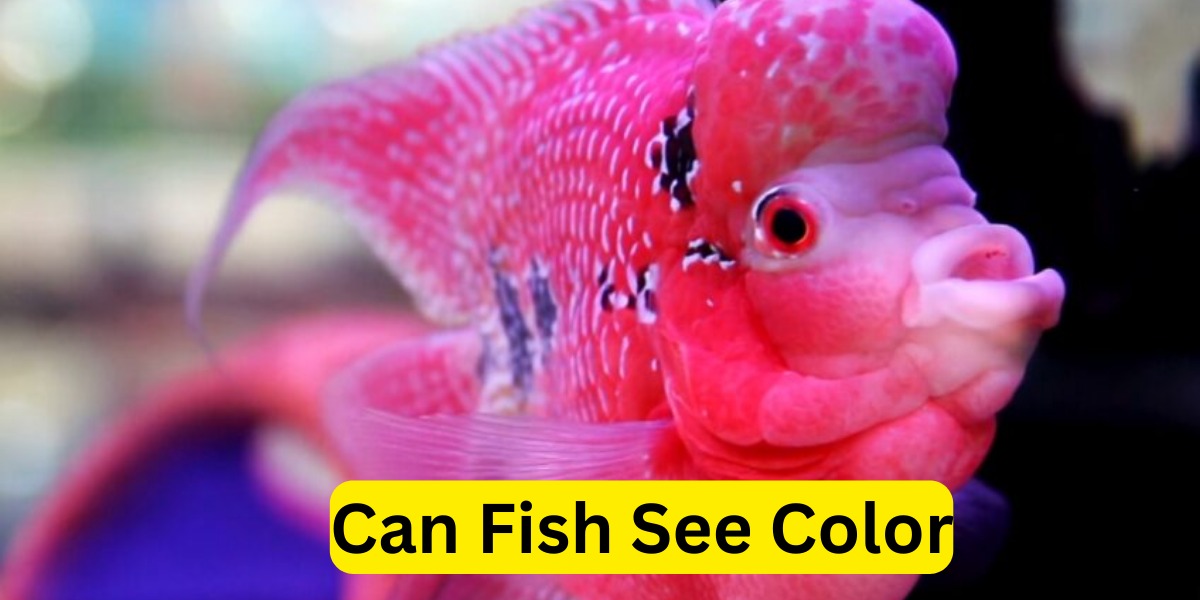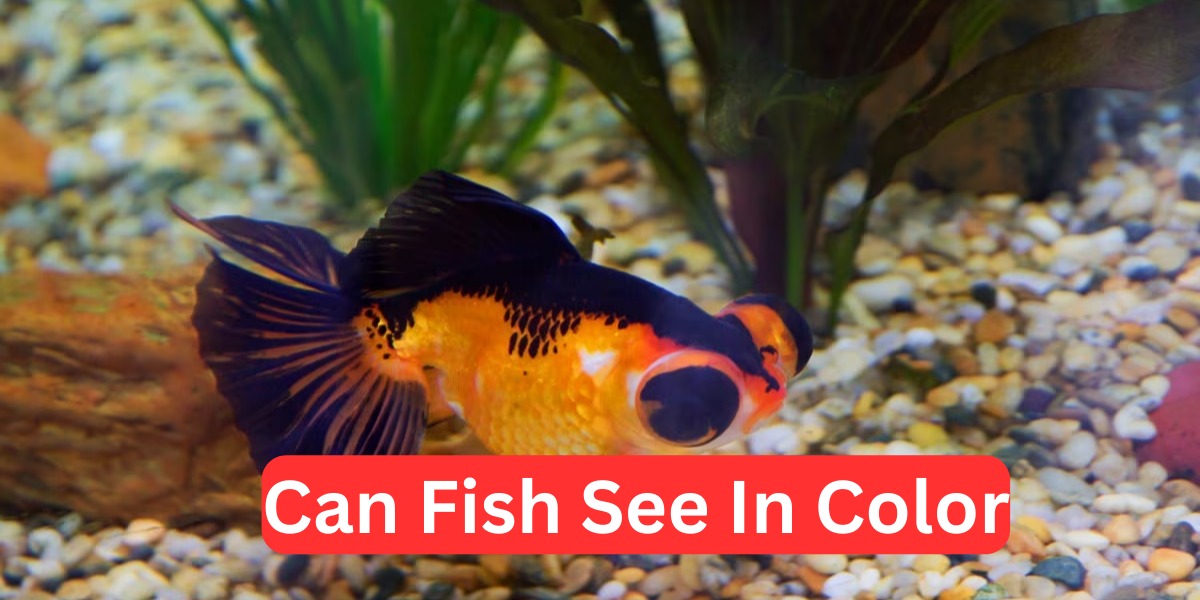Color is a fascinating aspect of the natural world, enriching our surroundings and influencing how we perceive our environment. But have you ever wondered if fish, such as the Rohu and Hilsa fish, can see the vibrant underwater world in all its hues? In this article, we delve into the realm of fish color vision, focusing on the Rohu and Hilsa species. Let’s dive deep into their aquatic perception and discover how they interact with the world of color.
The Basics of Fish Vision
Fish vision differs significantly from human vision. While humans rely on three types of cone cells to perceive colors in the visible spectrum (red, green, and blue), fish have a diverse range of visual adaptations. Most fish possess only two types of cone cells, allowing them to perceive a more limited color spectrum. This means that the way fish perceive colors might differ drastically from how we do.
Adaptations for Aquatic Vision
Rohu Fish and Hilsa Fish have evolved specific adaptations for underwater vision. Their eyes are optimized for underwater conditions, providing them with an advantage in their aquatic habitats. These adaptations include a larger lens, allowing more light to enter the eye, and a higher rod-to-cone cell ratio, which enhances their ability to detect motion in low-light environments.
The World in Watercolor
While fish may not see the world in the same dazzling array of colors that humans do, they are not entirely colorblind. Research suggests that fish can perceive certain colors, albeit in a more subdued manner. Shades of blue and green tend to be more visible to them, while reds and oranges may appear as duller shades or even as shades of gray. This plays a crucial role in their foraging, mating, and predator avoidance behaviors.
Rohu Fish and Hilsa Fish Color Vision
Rohu Fish and Hilsa Fish fall within the category of species that possess limited color vision. Their visual systems are adapted to the underwater conditions of their habitats. While their perception of colors might not be as vivid as that of humans, they can still differentiate between various shades and use this ability to navigate their surroundings.
Role in Mating and Reproduction
For many fish species, color plays a pivotal role in mate selection and reproduction. Bright and vibrant colors on the body of a male fish can signal its health and genetic fitness to potential mates. In the case of Rohu Fish and Hilsa Fish, their ability to perceive and display certain colors might be crucial during their mating rituals.
Camouflage and Predator Avoidance
Color also influences a fish’s ability to hide from predators or ambush prey. Some fish have evolved to match the colors of their environment, effectively camouflaging themselves from both predators and prey. The muted color perception of Rohu Fish and Hilsa Fish likely aids them in blending into their surroundings, making them less visible targets.
Considering Visual Adaptations
Understanding the color perception of fish species like Rohu and Hilsa is essential for conservation efforts. Changes in water clarity, pollution, and habitat degradation can impact their visual environment, potentially affecting their survival. By comprehending how these fish see and interact with colors, we can make informed decisions to protect their habitats.
In the intricate tapestry of the underwater world, color holds significance beyond what meets the human eye. While Rohu Fish and Hilsa Fish might not perceive colors as vividly as we do, their visual adaptations allow them to navigate their aquatic homes effectively. As we continue to explore the depths of marine life, let us remember that the world beneath the waves is a realm of wonder, painted with colors that are as diverse as the creatures that call it home.








